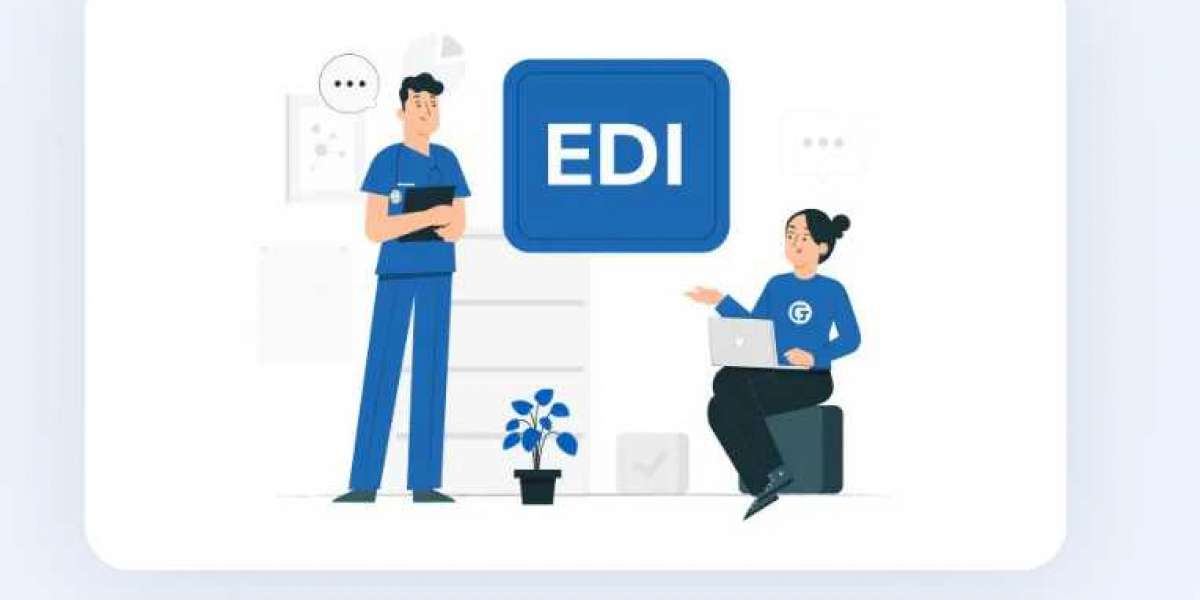Introduction
In today's fast-paced healthcare landscape, efficiency and accuracy are paramount. Enter Electronic Data Interchange (EDI), a revolutionary technology that has transformed the way medical data is managed, exchanged, and utilized. From streamlining administrative tasks to enhancing patient care, EDI has become an indispensable tool in modern healthcare systems.
Understanding EDI in Healthcare
Electronic Data Interchange (EDI) in healthcare refers to the electronic exchange of medical information between healthcare providers, payers, and other stakeholders. This exchange occurs in a standardized format, allowing seamless communication and integration across various systems and platforms.
The Evolution of EDI
EDI has come a long way since its inception. Initially used for basic transactions such as claims submission and remittance advice, it has evolved to encompass a wide range of healthcare processes, including eligibility verification, prior authorization, and clinical data exchange.
Key Components of EDI
Data Standardization
One of the cornerstones of EDI is data standardization. By adhering to standardized formats such as ANSI X12 or HL7, healthcare organizations can ensure interoperability and consistency in data exchange.
Secure Transmission
Security is paramount when it comes to exchanging sensitive medical information. EDI utilizes secure protocols such as AS2 (Applicability Statement 2) or HTTPS to encrypt data during transmission, safeguarding it from unauthorized access or tampering.
Integration with EHR Systems
EDI seamlessly integrates with Electronic Health Record (EHR) systems, enabling healthcare providers to exchange patient information, lab results, and other clinical data in real-time.
Enhancing Efficiency and Accuracy
EDI offers a multitude of benefits to healthcare organizations, ranging from improved efficiency to enhanced data accuracy.
Streamlined Processes
By automating manual tasks such as claims processing and billing, EDI helps healthcare organizations streamline their administrative workflows, reducing errors and processing times.
Real-Time Data Exchange
With EDI, healthcare providers can exchange vital information in real-time, enabling faster decision-making and more efficient patient care.
Reduced Costs
By eliminating paper-based processes and manual data entry, EDI helps healthcare organizations reduce operational costs associated with printing, postage, and administrative overhead.
Improving Patient Care
At the heart of EDI lies a commitment to improving patient care and outcomes.
Enhanced Coordination of Care
EDI facilitates seamless communication and collaboration among healthcare providers, ensuring that patients receive timely and coordinated care across various settings.
Accurate and Timely Information
By ensuring the accurate and timely exchange of medical information, EDI enables healthcare providers to make informed decisions and deliver personalized care to patients.
Patient Engagement and Empowerment
Through secure patient portals and electronic communication channels, EDI empowers patients to actively participate in their healthcare journey, access medical records, and communicate with their healthcare providers.
Overcoming Challenges and Ensuring Compliance
While the benefits of EDI in healthcare are undeniable, there are challenges to overcome, including data security concerns and regulatory compliance.
Data Security and Privacy
As healthcare data becomes increasingly digital, ensuring its security and privacy remains a top priority. Healthcare organizations must implement robust security measures and adhere to regulatory requirements such as HIPAA (Health Insurance Portability and Accountability Act) to protect patient information from breaches and unauthorized access.
Regulatory Compliance
Healthcare organizations must navigate a complex regulatory landscape when implementing EDI, ensuring compliance with standards such as HIPAA, HITECH (Health Information Technology for Economic and Clinical Health), and the Affordable Care Act (ACA).
FAQs (Frequently Asked Questions)
- How does EDI improve efficiency in healthcare?
- What are the key components of EDI?
- Is EDI compliant with healthcare regulations such as HIPAA?
- Can EDI integrate with existing EHR systems?
- How does EDI enhance patient engagement?
- What security measures are in place to protect patient data during EDI transmission?
Conclusion
In conclusion, Electronic Data Interchange (EDI) has revolutionized the healthcare industry by streamlining processes, enhancing data accuracy, and improving patient care. As technology continues to advance, EDI will play an increasingly pivotal role in shaping the future of healthcare delivery and outcomes.








